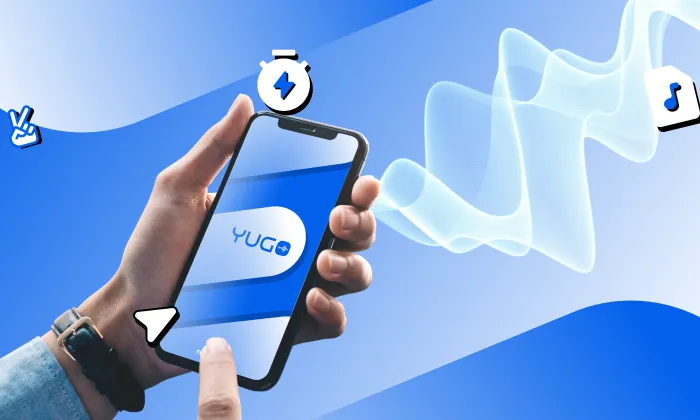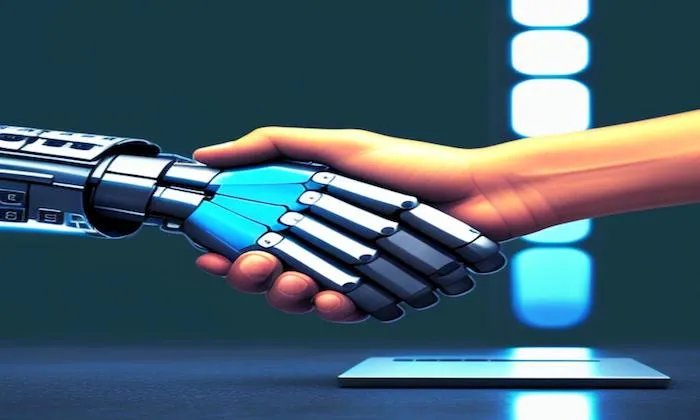What steps are taken to de-identify sensitive details in doctor dictation dataset?
Data Anonymization
Healthcare
NLP
In medical data management, safeguarding patient privacy is crucial, especially when handling doctor dictation datasets. These datasets, comprising clinical voice recordings, necessitate meticulous de-identification to ensure compliance and maintain anonymity. Proper de-identification not only ensures adherence to regulations but also fosters trust and facilitates clinical research without compromising privacy.
Key Steps for Effective De-Identification of Dictation Datasets
1. Identify Sensitive Information:
The initial step involves pinpointing potential identifiers within clinical dictations. These include names, addresses, phone numbers, social security numbers, and specific medical record details. Recognizing these elements is vital to ensure they are adequately addressed in subsequent steps.
2. Apply De-Identification Techniques:
Two primary methods are employed:
- Safe Harbor Method: This involves removing 18 specific identifiers, such as names and geographical details, ensuring compliance with HIPAA guidelines.
- Expert Determination Method: Here, a qualified expert assesses the dataset to confirm a low risk of individual identification, allowing for a nuanced approach while maintaining data utility.
3. Automated Scanning and Redaction:
To bolster the de-identification process, automated tools scan transcripts for any remaining identifiers, flagging them for human review or using tokens like “[NAME]” to redact them efficiently. This step enhances accuracy and efficiency in maintaining privacy.
4. Quality Assurance and Compliance Checks:
Rigorous QA processes follow, verifying that all identifiers have been correctly removed and ensuring compliance with regulations like HIPAA, GDPR, and India's DPDPA 2023. Human reviewers, well-versed in medical terminology, conduct thorough checks to affirm the dataset's integrity.
Balancing Privacy and Data Utility in De-Identification
De-identification is a delicate balance between privacy and data utility. Overzealous removal of identifiers can strip away valuable insights, hindering clinical analysis. Conversely, insufficient de-identification risks privacy breaches. Striking the right balance is essential for maximizing data utility while safeguarding privacy.
Frequent Mistakes in the De-Identification Process
Missteps in the de-identification process often stem from underestimating the complexity of clinical language, which can lead to inadvertent retention of identifiers. Additionally, failure to stay updated with evolving compliance standards can result in significant legal repercussions. Continuous training and updates are necessary to navigate these challenges effectively.
Real-World Implications of De-Identification
Effective de-identification allows healthcare organizations to utilize datasets for improving healthcare delivery and conducting robust research. Conversely, improper de-identification can lead to privacy violations, eroding trust and incurring legal penalties. Successful de-identification therefore plays a pivotal role in leveraging clinical data while maintaining confidentiality.
FutureBeeAI, with its expertise in AI data collection and annotation, ensures that doctor dictation datasets are meticulously de-identified, adhering to the highest standards of privacy and compliance. Our comprehensive approach to de-identification supports healthcare organizations in utilizing clinical data securely and effectively.
Smart FAQs
Q. What identifiers are removed in de-identification?
A. Names, addresses, phone numbers, social security numbers, and medical record numbers are among the 18 identifiers removed using the Safe Harbor method.
Q. How can organizations ensure de-identification quality?
A. Automated tools and human reviews by trained professionals verify that de-identification meets compliance standards and maintains dataset integrity.
What Else Do People Ask?
Related AI Articles
Browse Matching Datasets
Acquiring high-quality AI datasets has never been easier!!!
Get in touch with our AI data expert now!



-data-collection/thumbnails/card-thumbnail/top-resources-to-gather-speech-data-for-speech-recognition-model-building.webp)




